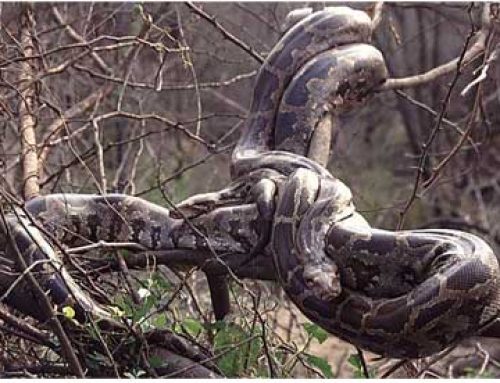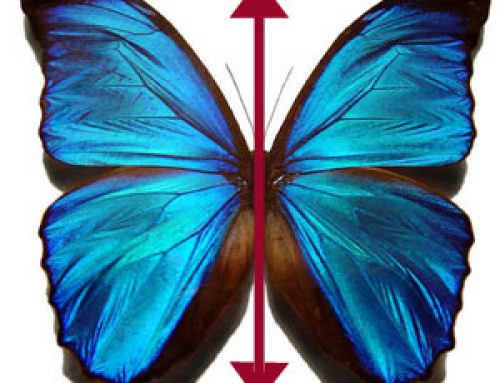
Flowering plants: Lavender flowers smell wonderful!
Before there were flowers…
For millions of years, the Earth was covered with ferns and pine trees and moss and mushrooms, without any flowers, grass, or fruit.
Gymnosperms
What is moss?
What are mushrooms?
Evolution of ferns
All our biology articles
When did flowers evolve?
But about 120 million years ago, in the Cretaceous period, some of these pine trees developed a new way to scatter their seeds that turned out to be very successful – not just cones anymore, but flowers and fruit.
Seeds and plant reproduction
The Cretaceous period
How did plants get the energy to make flowers?
These flowering plants needed extra energy to make flowers and fruit instead of cones. They got that energy by making less pollen than the conifers made. Conifers, which have only the wind to spread their seeds, must make huge amounts of pollen to make sure some of it gets to the eggs to fertilize them (one of the main causes of hay fever is all that pollen in the air).
How do flowers reproduce?
A project with pine cones
And a project with flowers
Bees pick up the pollen
Flowering plants use bees to pick up the pollen instead, so they can save energy by making less pollen. They use that energy to make beautiful flowers with sugar-water nectar (and also addictive drugs like nicotine, caffeine, and opium) to attract the bees.
Evolution of bees
More about tobacco
And about coffee
And opium
Also marijuana
But no matter how good an idea flowers were, it would have been impossible for them to evolve any earlier than they did, because flowering plants needed bees to land on them and carry their pollen from flower to flower, and until the Jurassic period, just before the Cretaceous, there weren’t any bees.
Bees and flowers evolved together, and they are symbiotic – bees can’t live without flowers, and flowers can’t live without bees.
Other kinds of flowering plants
When we think of flowering plants we mostly think of flowers like daffodils or dandelions. But flowering plants also include big trees like maples and oaks and apple trees and walnut trees and fig trees. They include bushes like blackberries and rhododendrons, and vegetables like carrots and sweet potatoes.
Where are apples from?
More about figs
And about sunflowers
What about tomatoes?
They even include all of the grasses like rice, corn, wheat, and barley and millet and sorghum and nettles and plain grass that grows on your lawn. (Grasses don’t depend on bees to pollinate them, though: they release their pollen in the wind or just pollinate themselves, from flower to flower on the same plant.)
Where is sorghum from?
History of rice
Where does wheat come from?
More about corn
All of these are flowering plants, and they all evolved during the Cretaceous period, in the last days of the dinosaurs.
Mammals and flowering plants
As you may have guessed from this list, mammals like us also evolved to eat flowering plants. Almost everything we eat is a flowering plant, or another mammal that eats flowering plants. We do eat a little fish, and some seaweed and mushrooms, but mostly we depend on the bees and the flowering plants to keep us going.
Where does cotton come from?
History of linen
And what about wool?
We make our clothing out of flowering plants, too – mostly cotton, but also flax for linen. Our wool comes from sheep who also eat grass.
Learn by doing – Looking at Flowers
More about flowers
Plant Reproduction
Conifers (Pine Trees)
Bibliography and further reading about flowers:





[…] do not exist in the wild. The first wild ancestors of oranges probably evolved in Australia and New Guinea, and people probably began eating them soon after they arrived in […]
[…] as long as people have. Every group of people known on earth at least knows how to pick some long grass or animal hair (or some of their own hair) and roll it back and forth along their leg or between […]